Do you want to boost the Conversion Rate Optimisation (CRO) of your website? The provision of a easy & smooth user experience (UX) to your visitors is one of the crucial elements in achieving higher conversions. This article will showcase the evident connection between CRO and UX design and will cover practical strategies that can improve the functionality of your website. We will walk you through the process of enhancing your CRO through strategic UX design providing top brand examples & practical advice.
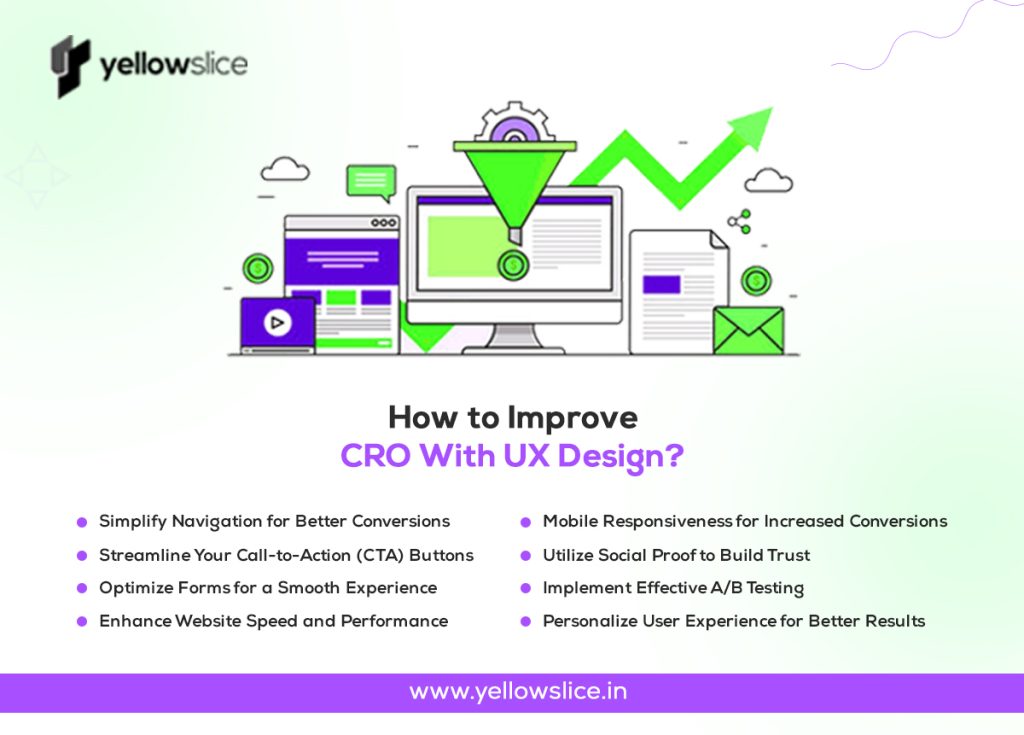
Understanding CRO and its Importance
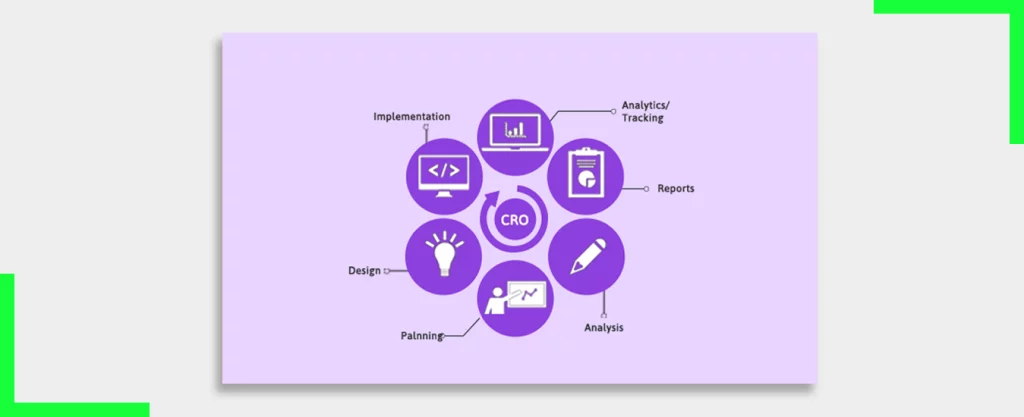
Increasing the proportion of website visitors who complete the desired action, such as making a purchase, filling out a form, or subscribing to a newsletter, is known as conversion rate optimisation (CRO). It is essential for maximising the worth of the traffic to your website. You can effectively convert more visitors into customers by enhancing your CRO, which will increase sales and propel your company forward.
The Role of UX Design in CRO

The goal of UX design is to give users a satisfying and meaningful experience when using a website or application. Designing intuitive, aesthetically pleasing and user friendly interfaces requires an understanding of user behaviour, preferences and needs. By boosting user engagement, lowering friction and promoting conversions a well designed UX can have a significant positive impact on CRO.
How to Balance UX Design and Conversion-Rate Optimization

It is critical to co ordinate the goals of the two teams and combine their efforts in order to strike a balance between UX design and conversion rate optimisation (CRO). The following are some methods to strike this balance:
Understand the needs of the people who use your platform:
- To learn more about user behaviour, preferences & pain points you can conduct user research.
- To better understand user expectations and enhance the user experience collect feedback through demonstrations, beta tests & early access.
- Give user centric design top priority by taking your platform’s usability & accessibility into account.
Conduct expert reviews or usability testing to design a better user interface:
- To find usability problems also to enhance the overall user experience conduct expert reviews.
- Real users should be involved in usability testing to verify design decisions and make data driven improvements.
- Focus on improving the customer experience at every stage of the purchasing process much like Amazon that regularly assesses the user experience and runs A/B tests.
Use data analytics to gain useful insights about how people interact with your platform and improve CRO:
- Utilise analytics software to monitor and evaluate the effectiveness of your content & conversions.
- Utilise heatmapping tools to examine user behaviour, including traffic sources, time spent on pages and interactions with content.
- To increase conversion rates, A/B test product pages images, CTAs, colours, pricing and copy.
- To learn more about user needs & preferences use chat, surveys and other customer experience (CX) software.
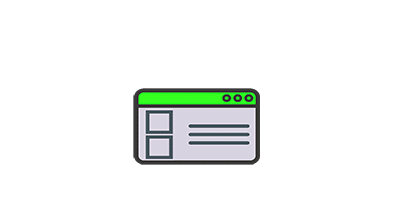
You can enhance the user experience while boosting conversion rates by combining UX design and CRO efforts also using data driven insights. Maintain a balance between user satisfaction and business success by testing, iterating and improving your designs over time in response to user feedback & analytics.
Simplify Navigation for Better Conversions

Website navigation ease of use is one of the core tenets of UX design for CRO. Users may become frustrated by convoluted/ unclear navigation which can increase bounce rates and cause conversions to be abandoned. To make navigation better:
- Use clearly written menu labels that express the content & goal of each page in plain language.
- Choose a logical page hierarchy that makes it simple for users to find the data they require.
- Include a search bar to make it simple to find content on websites especially those with a lot of it.
- Achieve mobile responsiveness for fluid navigation across all platforms taking into account the growing popularity of smartphones & tablets.
Streamline Your Call-to-Action (CTA) Buttons
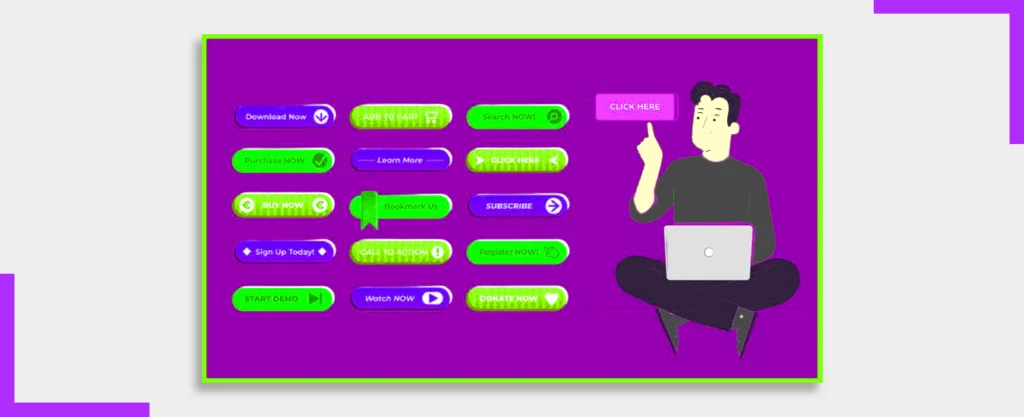
CTA buttons are essential for promoting conversions. To raise conversion rates through UX design:
- To make CTA buttons stand out from the rest of the page use contrasting colours.
- Highlight the advantages users will experience when they click the button to clearly communicate the value proposition.
- Use words like Buy Now, Sign Up or Get Started to make the button text short and action oriented.
- The buttons should be strategically positioned throughout the design to make sure they are visible and usable.
Optimize Forms for a Smooth Experience
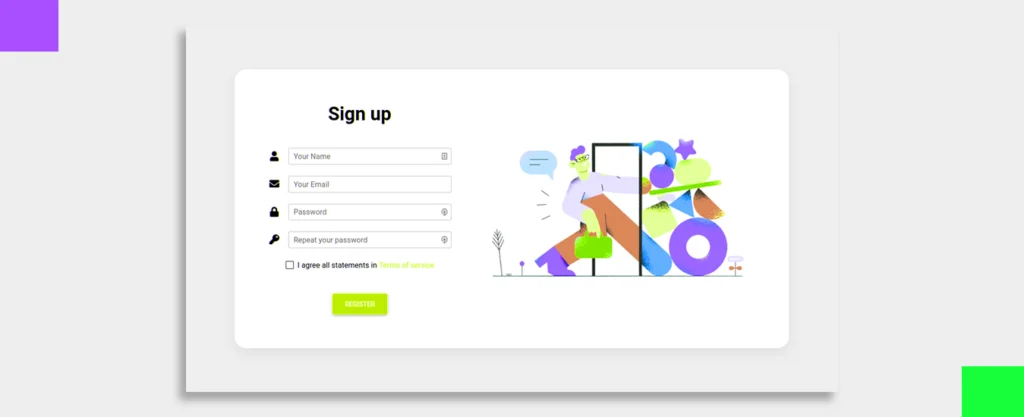
Forms such as sign-up forms or checkout procedures are frequently used to collect user information. Form optimisation can increase conversions and lower form abandonment rates:
- Ensure that only necessary information is requested and limit the number of form fields.
- To give users immediate feedback & assistance in fixing mistakes use inline validation.
- Use autofill options to make completing forms easier and to save users time.
- Give users a sense of completion by making sure to clearly indicate the form’s progress & steps.
Enhance Website Speed and Performance

User experience and CRO are directly impacted by website performance & speed. Websites that take a long time to load may have high bounce rates with fewer conversions. To improve performance & speed:
- Utilise formats like JPEG or WebP to optimise image sizes for quicker loading times.
- Reduce page load times by minifying CSS & JavaScript files and eliminating unused whitespace and comments.
- Using caching techniques you can store static content and give repeat visitors faster access.
- For the fastest server response times and responsiveness of your website select a reputable hosting company.
Mobile Responsiveness for Increased Conversions

Mobile responsiveness must be prioritised in UX design for CRO due to the growing use of mobile devices. Different screen sizes should provide an easy & smooth experience for mobile users:
- Use responsive design strategies to make your website responsive to different devices for the best viewing experience.
- Make your website easy for mobile users to use by optimising font sizes, button placements for touchscreens.
- To meet the needs of mobile users incorporate mobile specific features like ‘click to call’ buttons or streamlined navigation menus.
- To ensure that your website works properly across a range of devices and browsers thoroughly test it across various mobile platforms.
Utilize Social Proof to Build Trust

The influence produced when people look to others for direction on how to behave or make decisions is referred to as social proof. Utilising social proof can boost user confidence & boost conversions:
- Showcase the positive experiences of previous customers by prominently featuring customer testimonials & reviews on your website.
- Showcase the number of users or clients served to highlight your brand’s popularity as well as trustworthiness.
- Promote endorsements or alliances with trustworthy companies or influencers to associate your company with authority & trust.
- Integrate security certifications, trust badges to reassure users that their data is protected.
Implement Effective A/B Testing

A/B testing is a potent method for enhancing CRO and UX design. You can determine which webpage or element is most effective in terms of conversions by contrasting 2 variations of it:
- Test various content placements, colour schemes and layouts to see which one best appeals to your target audience.
- To gain useful insights keep an eye on user behaviour & engagement metrics like click through rates and time spent on page.
- Based on test results make data driven decisions and put changes into practise that inevitably result in higher conversion rates.
- Based on the results of ongoing A/B testing iterate and improve your design continuously aiming for small advancements over time.
Personalize User Experience for Better Results
Delivering a customised experience that resonates with users requires personalization. You can design personalised experiences that increase conversions by using data & user insights:
- Utilise dynamic content to recommend services or content that fits the user’s interests based on their preferences or past behaviour.
- Based on the user’s past behaviour suggest products or service that are appropriate for their needs.
- Implement personalised welcome messages or greetings that use the users names/ make mention of previous interactions.
Utilise automation & machine learning to deliver personalised experiences at scale through scalable personalization.
Top Brand Example of Successful UX Design and CRO

Netflix: Netflix is a great example of a company that values both CRO and UX design. To create a fun & unique streaming experience they have heavily invested in user centric design.
“Netflix’s personalized recommendation system is estimated to contribute to 80% of user interactions on the platform”
Some of the principal techniques they use are:
User-Friendly Interface: Netflix has a simple & clear interface that makes it simple for users to browse and find content. They offer individualised recommendations based on viewing behaviour also preferences using a combination of algorithms and user feedback.
Continuous Playback: Netflix optimises video streaming quality based on the user’s internet connection speed to guarantee a continuous viewing experience. They also offer offline viewing choices so users can access content while on the go.
Continuous A/B Testing: A/B testing is a continuous process used by Netflix to improve the layouts, visuals, thumbnails, CTAs and other aspects of their platform. These tests aid in determining the best design options for raising conversion rates.
Personalized Content Curation: Netflix creates personalised content categories and collections that are catered to the interests of individual users by using data on user behaviour & viewing habits. This tactic maintains user interest as well as increases the likelihood that users will renew their subscriptions.

FAQs on How To Improve CRO With UX Design
How long does it take to see CRO improvements?
Depending on variables like the complexity of your website, the extent of the optimisations carried out and the volume of traffic it may take longer or shorter to see CRO improvements. In some circumstances you might observe the first signs of improvement within a few weeks. To achieve sustainable and long term improvements CRO is a continuous process that calls for ongoing monitoring, analysis and improvement.
What are the key metrics to measure CRO success?
It is important to take into account a variety of metrics that reflect the success of your optimisation efforts when gauging CRO success. Conversion rate, average order value, bounce rate, click through rate and revenue per visitor are some important metrics to monitor.
How can UX design impact mobile conversions?
Due to its direct impact on the user experience on mobile devices UX design is essential for maximising mobile conversions. You can create a seamless mobile experience that motivates users to convert by implementing responsive design, optimising mobile specific features and ensuring intuitive navigation. The importance of mobile UX design is crucial for maximising conversions given the rising dominance of mobile usage.
What are some common UX design mistakes to avoid?
To maximise CRO common UX design errors must be avoided. Avoid making the following mistakes: cluttered and unclear interfaces, excessive number of form fields, lengthy page loads, poor mobile optimisation, inconsistent branding and a vague call to action. You can improve the user experience & improve your website’s conversion rates by addressing these problems and placing a high priority on user centric design principles.
Is CRO a one-time process or an ongoing effort?
CRO is not a one time process but an ongoing effort. Monitoring, testing and improvement must be done continuously to optimise conversions. Your website should evolve along with changing consumer habits, tastes and market trends. You can maintain & enhance your CRO performance over time by regularly analysing data, running A/B tests and keeping up with industry best practises.
How Better UX can help in Improving Conversion Rates?
Various studies have already mentioned that improving the UX of a website improves the conversion rates drastically, up to 400%. A good UX naturally navigates the attention of the user to act on suggestions, hence, improving the conversion rates. Visuals and layout take 94% of the interest of the users, and it acts as a powerful tool to complement persuasive content. Following the main principles of usability, utility, visual design, functional integrity, and persuasiveness in UX design impacts conversion rate optimization heavily and can tilt the scale to any outcome!
![How To Improve CRO With UX Design? [with Examples] How to improve CRO with Ux Design](https://www.yellowslice.in/bed/wp-content/uploads/2023/07/How-To-Improve-CRO-With-UX-Design-1.webp)



